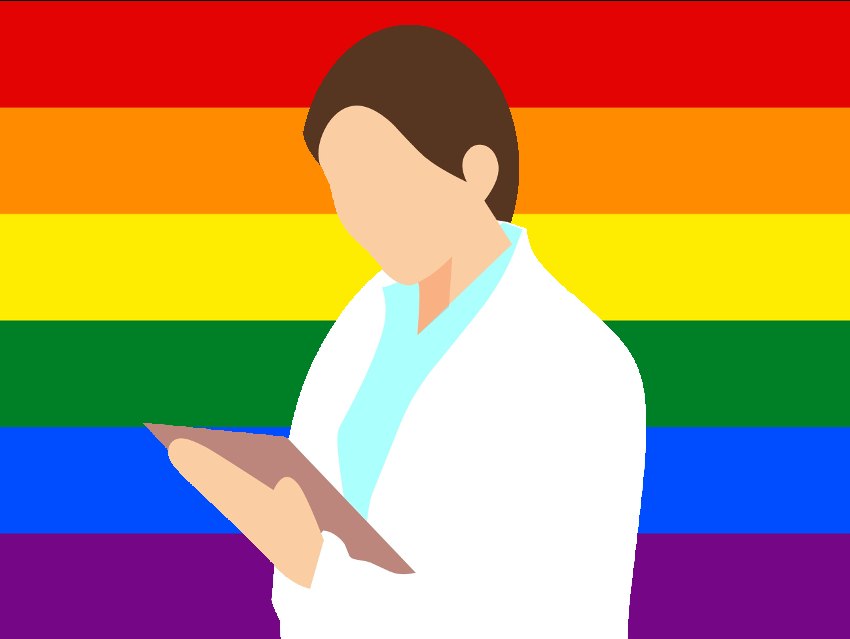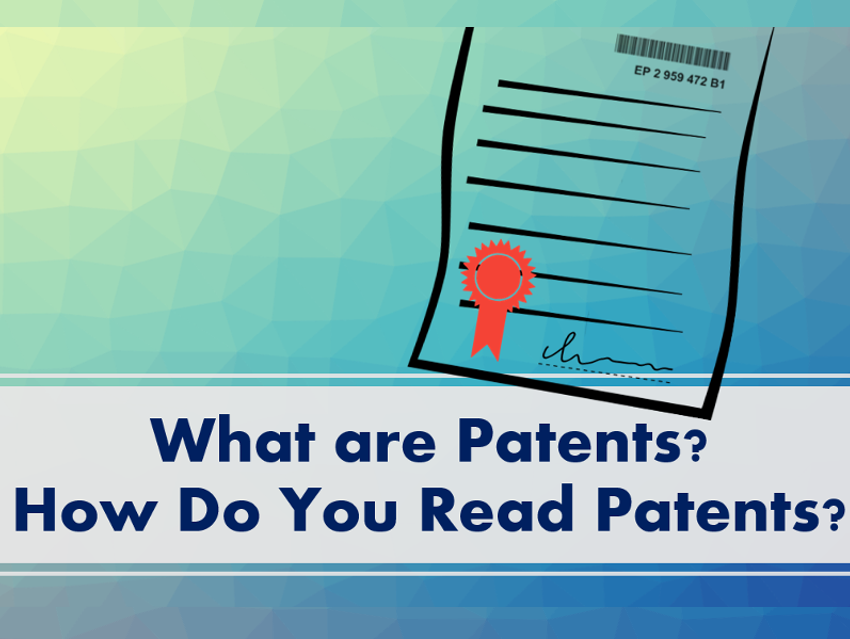My previous article about LGBTQ scientists (lesbian, gay, bisexual, transgender, queer; see also the Glossary at the end of the article) presented their current situation and showed why increasing visibility is essential to overcome marginalization and achieve diversity in STEM fields. In this article, I want to highlight LGBTQ chemists who are contributors to 500 Queer Scientists and have published in ChemPubSoc Europe journals and/or their sister journals at Wiley-VCH.
500 Queer Scientists is an online campaign aiming to increase the visibility of LGBTQ researchers and present them as role models for young students as well as valuable contributors to the scientific community. Highlighting the scientific output next to their personal stories in this article provides a link between their life as a scientist and being LGBTQ, and it shows how they have become the proud and successful researchers that they are today. Furthermore, we have asked them for a statement about what being an out scientist (see Glossary) means to them and/or share personal anecdotes .png) about situations where these parts of their lives intersected. Some responses have been edited for length and clarity.
about situations where these parts of their lives intersected. Some responses have been edited for length and clarity.
Lisa Eytel
Lisa Eytel is a Professor at Boise State University, ID, USA. She is also the Chair-Elect for the Gay and Transgender Chemists and Allies subdivision of the American Chemical Society (ACS) Division of the Professional Relations. Lisa has published in Chem. Eur. J. about CH–anion and anion–π interactions in arylethynyl urea host–guest complexes.
“When I started my Ph.D., I could count the number of out chemists I knew on one hand. They existed, but not as mentors or role models since they were not out publicly. As a young researcher I find this troubling: if a Professor does not feel comfortable coming out, how am I, an openly out young chemist with little experience, going to ever land a job in chemistry? I have since used my queerness to advocate for diversity movements in the sciences and as a way to show younger students of all backgrounds they, too, can be chemists. I now know more than two dozen LGBTQ+ chemists and meet more every day, and that visibility matters for the next generation.”
Read Lisa’s personal story at 500 Queer Scientists
Abhik Ghosh
Abhik Ghosh is a Professor at UiT – The Arctic University of Norway, Tromsø. He has published many times in Angew. Chem. and Chem. Eur. J., most recently about size-mismatched heavy-element corrole complexes containing osmium, rhenium, or technetium and their applications in oxygen sensing and photodynamic therapy, as well as about the stabilization of the cis tautomer of a free-base porphyrin.
“I try to actively steer clear of buzzy or fashionable topics and, as such, I view myself as somewhat of an outsider. Aside from the journal publications mentioned above, I also edited the educational multiauthor book Letters to a Young Chemist. The protagonist in the first edition of this book is a young girl eyeing a career in chemistry research. My hope is that in the second edition, it will be her brother, who is gay and concerned about the position of LGBTQ+ people in the world of science. Personally, I view myself as fluid in my sexuality and would like to do more to help LGBTQ+ people in their careers and personal lives.”
Read Abhik’s personal story at 500 Queer Scientists
Matt Lockett
Matt Lockett is a Professor at the University of North Carolina at Chapel Hill, USA. He has published in Angew. Chem. about RNA-mediated gene assembly from DNA arrays and the binding of benzoarylsulfonamide ligands to human carbonic anhydrase.
“I am an out gay male and a proud member of LGBTQ+ groups on campus and nationally. Visibility and active advocation for all members of the queer community is imperative as we work to increase diversity in STEM. To sustain diversity, we all must cultivate environments that acknowledge, support, respect, and celebrate our identities and unique perspectives. I could not have reached my current position without the active support and encouragement of advisors, mentors, and colleagues at all stages of my career. I only hope that I can give a fraction of what was given to me, and provide support for future queer scientists.”
Read Matt’s personal story at 500 Queer Scientists
Nick Chiappini
Nick Chiappini is a graduate student at Stanford University, CA, USA. He has published in Angew. Chem. about intermolecular C(sp³)–H amination of complex molecules.
“For much of my undergraduate career I didn’t know of any senior LGBTQ scientists to look up to, so potentially being that for another person is very important for me. It’s much easier to see yourself succeeding in a field if you see folks like you succeeding. I try to make use of my intersections of privilege (cis, white, male) to be loud and proud, and make space for queer chemists in the field and improve the accessibility of scientific information.”
Read Nick’s personal story at 500 Queer Scientists
James Cox
James Cox is a graduate student at Princeton University, NJ, USA. He has published in Eur. J. Org. Chem. about the effect of proximal functionality on the equilibrium constant of the allylic azide rearrangement.
“Thanks to my undergraduate institution (the University of Minnesota), oSTEM, and projects such as 500 Queer Scientists, I have learned that my queer identity and my love for science can happily coexist. By being open and visible, I hope to show future generations of scientists that they have a welcoming place in STEM.”
Read James’ personal story at 500 Queer Scientists
Benny Chan
Benny Chan is a Professor at The College Of New Jersey in Trenton, USA. He has published in Eur. J. Inorg. Chem. (EurJIC) about alkali metals acting as metallolinkers for coordination polymers.
“The principle investigator of my EurJIC paper, Dr. Daniel de Lill, is also a member of the LGBTQ+ community. We began a long-standing collaboration after Dr. de Lill contacted me for my crystallography expertise after reading the article “Coming out in the chemical sciences”, in which I was featured.”
Read Benny’s personal story at 500 Queer Scientists
Mike Shaw
Mike Shaw is a Professor at Southern Illinois University Edwardsville, USA. He has published in Eur. J. Inorg. Chem. about C–C bond migration of internal alkynes in η1-vinylidene complexes, ruthenium nitrosyl porphyrines with η1-O-bonded carboxylates, catalytically active tris(N-pyrrolyl)phosphine complexes of ruthenium, and in ChemElectroChem about the kinetics of chloride substitution upon reduction of [Ru(porphyrin)(NO)Cl] complexes.
“Science is a beautiful approach to learn about why things are the way they are. Diversity of thought and perspectives makes science strong. I’m out and visible to show that creative LGBT+ people can make important contributions in STEM and education.”
Read Mike’s personal story at 500 Queer Scientists
Lisa Pecher
Lisa Pecher is an Editor for Angewandte Chemie at Wiley-VCH, Weinheim, Germany. She has published in Angew. Chem. about SN2-like reactions of ethers with silicon surfaces and in Eur. J. Inorg. Chem. about vinyltrifluorborate/NHC complexes of silver. She is also the author of this article.
Read Lisa’s personal story at 500 Queer Scientists
Lee Penn
Lee Penn is a Professor at the University of Minnesota, Minneapolis, USA. They have enjoyed productive collaborations with several other research groups about the hydrothermal synthesis of zeolite particles using nanoreactors and the synthesis of small, catalytically active platinum clusters on a metal–organic framework that have been published, for example, in Angew. Chem.
Read Lee’s personal story at 500 Queer Scientists
David Smith
David Smith is a Professor at The University of York, UK. He has published many times in Angew. Chem. and Chem. Eur. J. about self-assembling systems and their interactions with biomolecules such as DNA or heparin, as well as about self-assembling gel-phase materials with high-tech applications. Many of the potential applications of his research are related to his late husband Sam’s health problems. All of these publications can be found in the Wiley Online Library.
Read David’s personal story at 500 Queer Scientists
Joseph Unsay
Joseph Unsay is an Editor for Chemistry – A European Journal and ChemistrySelect at Wiley-VCH, Weinheim, Germany. He has published in ChemPhysChem about scanning fluorescence correlation spectroscopy that allows for the quantification of protein–protein interactions in tubular organelles of living cells.
Read Joseph’s personal story at 500 Queer Scientists
Abraham Waldman
Abraham Waldman is a postgraduate researcher at Stanford University, CA, USA. He has published in ChemBioChem about the biosynthesis of diazo groups in o-diazoquinone by a gene cluster.
Read Abraham’s personal story at 500 Queer Scientists
bisexual being sexually attracted to more than one gender
cisgender a term describing when a person’s gender identity matches their assigned sex at birth.
(see also: gender identity)
closet LGBTQ people are considered to be “in the closet” if they are not out
(see also: out)
gay in a strict sense: a term describing the sexual/romantic attraction of men to other men
in a broader sense: synonym for homosexual, regardless of gender
gender identity the internal self-perception of one’s gender. Can be male, female, both, something in between, or neither;
commonly matches the assigned sex at birth (cisgender), but sometimes does not (transgender)
heterosexual a term describing the sexual attraction of men to women and women to men
homosexual being sexually attracted to people of the same gender
lesbian a term describing the sexual/romantic attraction of women to other women
out being open about your gender and/or sexual identity with other people
queer inclusive umbrella term for all gender, romantic, and sexual minorities;
also used for identities/orientations where the other terms do not fit
straight synonym for heterosexual
transgender a term describing when a person’s gender identity does not match their assigned sex at birth
(see also: gender identity)





I am thrilled to have found this website along with the website https://500queerscientists.com/. I teach high school chemistry and am looking for ways to make my classroom more inclusive by featuring the stories of LGBTQ+ chemists and the chemistry that they are working on.